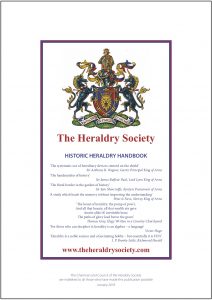I’ve recently brought my Catalog of Individually Attested Pattern Submissions up to date, including submissions through the March 2025 LoAR.
The last round of updates I had made was in the winter of 2020–21, so there were more than four years of new submissions to index. Additionally, I was able to fill in a few additional items I had overlooked in previous years thanks to a list generously shared by Emma de Fetherstan for her search in 2024.
All told, the total number of IAPs in the catalog is now up to 107.
(It’s likely that there are a couple more still buried in the depths of the last decade of the LoARs that I’ve overlooked — if you find any others, please let me know!)
The additional data also makes clear that there has been a decline since the initial burst of IAP submissions in the years immediately after SENA was introduced. (However, we may be on track to reverse that trend this year, given the higher numbers seen in the first three months of 2025.)



